The Essential Reduce, Reuse, Recycle Everyday Guide
August 22, 2019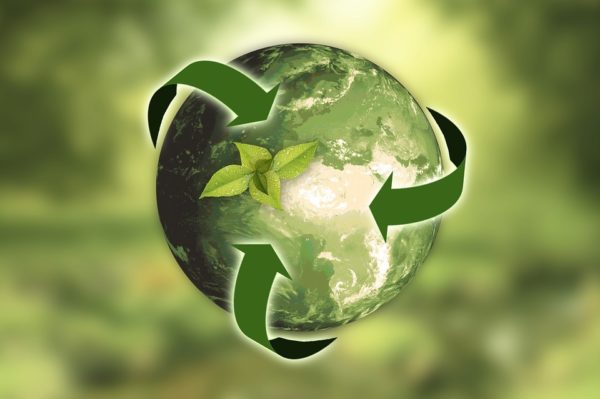
Homeowners across the country are becoming more attuned to the call to reduce, reuse and recycle. It’s the socially responsible thing to do to protect the environment, save resources and money.
Although the three terms are kissing cousins, each has its own meaning:
Reduce means cutting back on the amount of trash we make.
Reuse means finding ways to repurpose items rather than throwing them out.
Recycle means using trash to make new products.
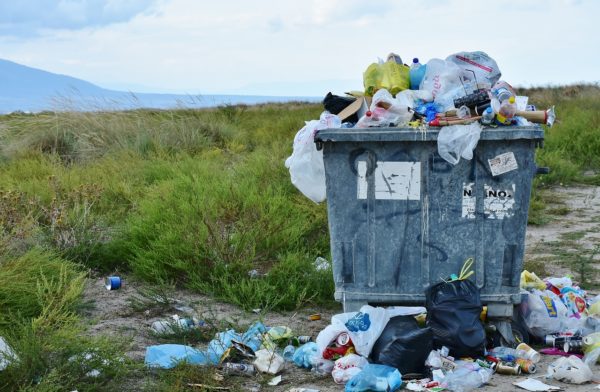
Here is a guide you can follow every day to do the essentials of reducing, reusing and recycling in and around your home.
Compost
Composting is a great way to keep your grass clippings and leaves — and even table scraps — out of landfills, which are maxing out across the country. More than 13 percent of the municipal solid waste is yard trimmings, according to the U.S. Environmental Protection Agency. Creating a compost pile will not only cut down on this statistic but provide you a rich source of natural nutrients for your yard and flowerbeds.
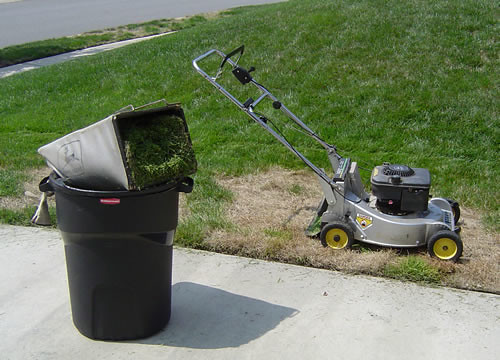
Recycling grass clippings after a mow also saves you from using chemical fertilizers on your lawn. The nitrogen from chemical lawn fertilizers eventually makes its way into rivers, lakes, and oceans, creating algae and killing fish. “Leaving the grass clippings on the lawn is better for your grass and the socially responsible thing to do,” says Ryan Farley, co-founder of LawnStarter Lawn Care. “It also saves you work.”
Choose Reusable Over Disposable
Styrofoam cups, plastic tableware, and paper plates may be convenient, but they go right in the trash. Your regular plates, silverware, glasses, and cups go into the dishwasher for reuse. Dishcloths and kitchen towels go into the clothes washer, while paper towels go in the trash. Many supermarkets offer low-cost reusable fabric bags as an alternative to the plastic and paper bags that go from kitchen to landfill.
Don’t Toss Out What Someone Else Might Use
“One man’s trash is another man’s treasure.” That cliche refers to clothes, old toys, books, videos, tools, electronics — the list is endless. The garage sale has become a tradition that enables us to reuse just about everything. It also puts a little money in your pocket. You can also sell your unwanted items with online shopping sites such as eBay. Most communities have donation centers that will take everything from clothes to old furniture for resale.
Look for Reusable Packaging
In our shrink-wrapped world, it’s impossible to keep all packaging materials out of the trash. But a creative eye can channel a lot of it away from the landfill. Jars have been reused since great-great grandma’s time, and a cleaned jelly jar still makes an outstanding drinking glass. Hard plastic containers, such as those some coffees and powdered dairy creamers come in, can be reused for everything from food storage to containers for nuts and bolts on the workshop bench. When you buy bottled water and other plastic containers, consider how much of it ends up in the ocean!
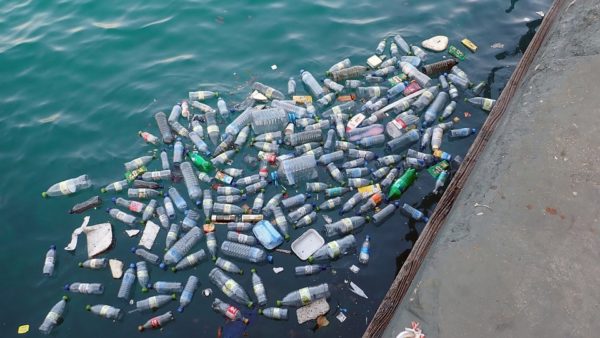
Choose Recyclable Products
Some cities require residents to separate recyclable materials from landfill-bound garbage. They also provide pickup bins for both. Other towns have recyclable drop-off centers. Most recyclable products state so on their labels, usually with symbols. The most common symbols are variations of arrows traveling around a triangle.
Ways to reduce, reuse, and recycle are limited only by your imagination. One woman saved plastic newspaper wrappers to slip over her grandchildren’s shoes when it was wet outside. Egg cartons make fine seed sprout containers. Store bagels in your obsolete CD holder? Use toilet rolls as cable tidies? Think outside the empty cereal box!
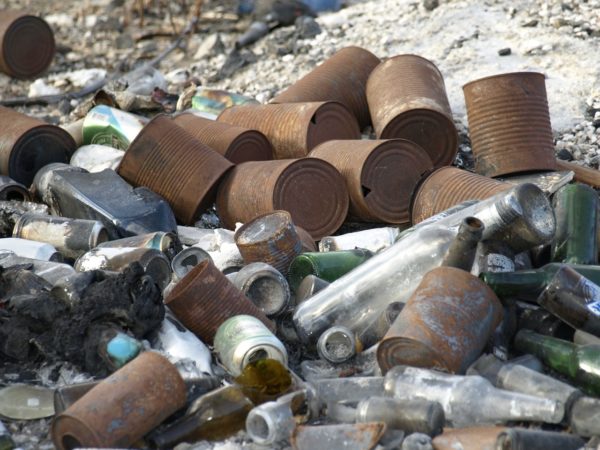
While about 35 percent of America’s trash gets recycled, the bulk of it still goes to landfills. Those landfills are estimated to fill to capacity in the year 2036. Electronic communications such as email and social media and the decline in newspaper and magazine circulation have cut down the volume of printed paper material that gets dumped. But that’s been more than offset by an increase in discarded packaging thrown out by a growing population.
Each family doing its part to reduce, reuse and recycle waste will reduce pressure on landfills, save our precious waterways and preserve resources. It’s also much gentler on the family budget!
Lynn Walker has been covering the environment and writing for radio, TV ,and newspapers for more than 50 years.
